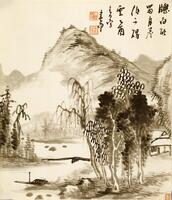13 UMMA Objects
13 UMMA Objects

Ōhara Tonshū (Donshū)
Mountain Hut among Pines
1831 – 1844
Museum purchase made possible by a gift from Helmut Stern
1985/2.27
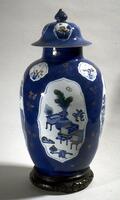
Chinese (Chinese (culture or style))
Covered Jar (Jar)
1700 – 1722
Gift of the Estate of Hobart Taylor, Jr.
1982/1.206A

Yamaoka Geppō
Blue and Green Landscape, with inscription by Murase Kôtei
1767 – 1832
Museum purchase made possible by the Margaret Watson Parker Art Collection Fund
1985/2.24

Fujimoto Tetsuseki (Tesseki)
Autumn Retreat amidst Mountains and Valleys
1862
Museum purchase made possible by the Margaret Watson Parker Art Collection Fund
1968/2.20
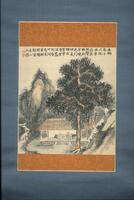
Tanomura Chokunyū (Japanese (culture or style))
Scholars in a Thatched Hut Under an Old Tree
1850 – 1950
Museum purchase made possible by the Margaret Watson Parker Art Collection Fund
1986/1.162

Chinese (Chinese (culture or style))
Covered Jar (Jar)
1700 – 1722
Gift of the Estate of Hobart Taylor, Jr.
1982/1.207A

Chinese (Chinese (culture or style))
Vase
1700 – 1722
Gift of the Estate of Hobart Taylor, Jr.
1982/1.208

Unknown artist (formerly attributed to Unkoku T
Scholar Strolling in the Mountains
1700 – 1899
Museum purchase made possible by the Margaret Watson Parker Art Collection Fund
1964/2.63

Okada Hankō
Waterside Landscape
1838
Museum purchase made possible by the Margaret Watson Parker Art Collection Fund
1967/2.38
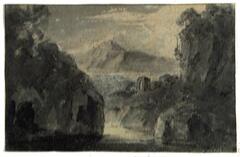
William Gilpin (British (modern))
Landscape
1750 – 1804
Gift of the Estate of Helen B. Hall
1999/1.75
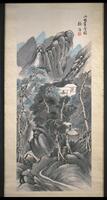
Totoki Baigai
Studio in the Mountain Forest
1750 – 1799
Museum purchase made possible by the Margaret Watson Parker Art Collection Fund
1968/2.23
Loading…
